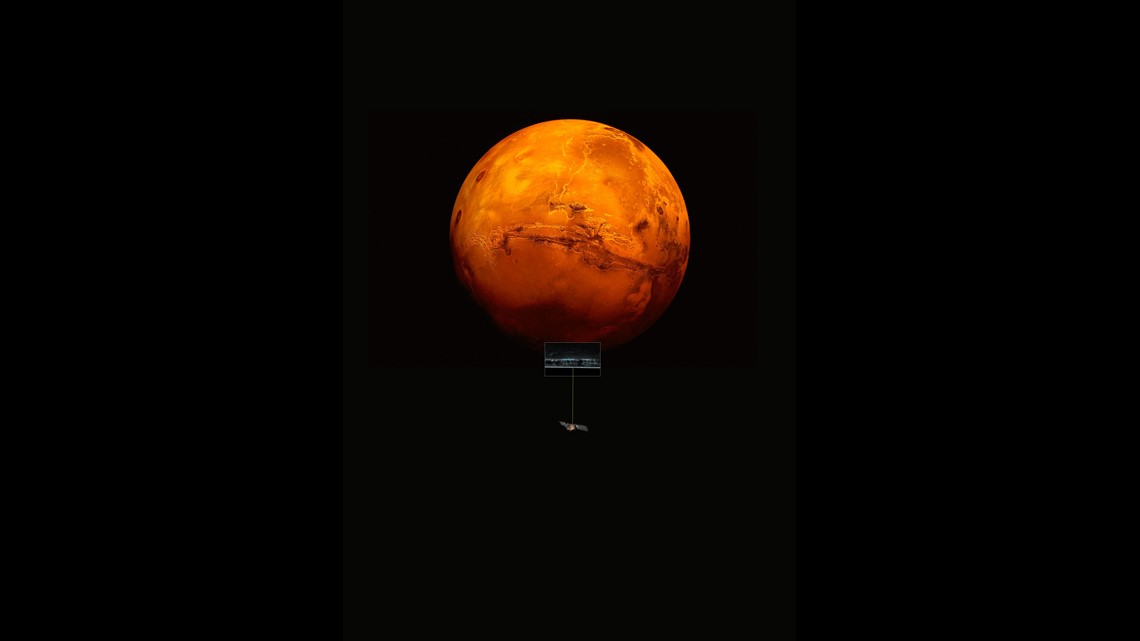The Next Step for Exploring Mars
Why Mars?
Understanding whether life exists elsewhere in the universe beyond Earth is a fundamental question that has intrigued humans for centuries. For decades, scientists have sought to go to Mars to search for life. And so, the scientific reason for looking into Mars is the search for life, understanding the surface , the planet’s evolution, and preparing for future human exploration. Therefore, Mars is an excellent place to investigate this question because it is the most similar planet to our home planet, Earth.
Studies show that Mars is currently very cold and dry, with no breathable atmosphere and no global magnetic field to protect it from solar wind and radiation. But it wasn’t always that way. Space missions have shown us that Mars once had liquid water on the surface and could have been hospitable to life as we know it. Today, there may still be life beneath the surface, with access to water, and protection from radiation and extreme temperatures.

Over the last two centuries, everything we’ve learned about Mars suggests that the planet was once quite capable of hosting ecosystems and that it might still be an incubator for microbial life today. Mars is the fourth planet from the sun, just after Earth. It is just a little more than half of Earth’s size, with gravity only 38 percent that of Earth’s. It takes longer than Earth to complete a full orbit around the sun, but it rotates around its axis at roughly the same speed. That’s why one year on Mars lasts for 687 Earth days, while a day on Mars is just 40 minutes longer than Earths.
Despite its smaller size, the planet’s land area is roughly equivalent to the surface area of Earth’s continents. Unfortunately, the planet is wrapped in a thin carbon dioxide atmosphere and cannot support earthly life-forms. Methane gas also periodically appears in the atmosphere of this desiccated world, and the soil contains compounds that would be toxic to life as we know it. Although water does exist on Mars, it’s locked into the planet’s icy polar caps and buried, perhaps in abundance, beneath the Martian surface. Today, when scientists scrutinize the Martian surface, they see features that are unquestionably the work of ancient, flowing liquids: branching streams, river valleys, basins, and deltas. Those observations suggest that the planet may have once had an ocean covering its northern hemisphere. Elsewhere, rainstorms soaked the landscape, lakes pooled, and rivers gushed, so it was also likely wrapped in a thick atmosphere capable of maintaining liquid water at Martian temperatures and pressures.
Somewhere during Martian evolution, the planet went through a dramatic transformation, and a world that was once rather Earthlike became the dusty, dry husk we see today. Mr. Buczyna, the astronomy teacher at Oakton will be discussing his take on the topic. The question now is, what happened? Where did those liquids go, and what happened to the Martian atmosphere? . “Mars lost most of its atmosphere due to interactions with the solar wind. This happened because Mars’s magnetic field essentially turned off about 4 billion years ago. This hasn’t happened on Earth because Earth is larger and has more sustained radioactive heating to sustain a liquid outer core and thus generate a long-term magnetic field.” Therefore, exploring Mars helps scientists learn about momentous shifts in climate that can fundamentally alter planets and also lets us look for signs that might reveal whether life was abundant in the planet’s past—and if it still exists on Mars today.
Hi my name is Dilara Vural and I am a Staff Writer. I am a sophomore and I love to write about current events, politics, and activism for animals. I am...


